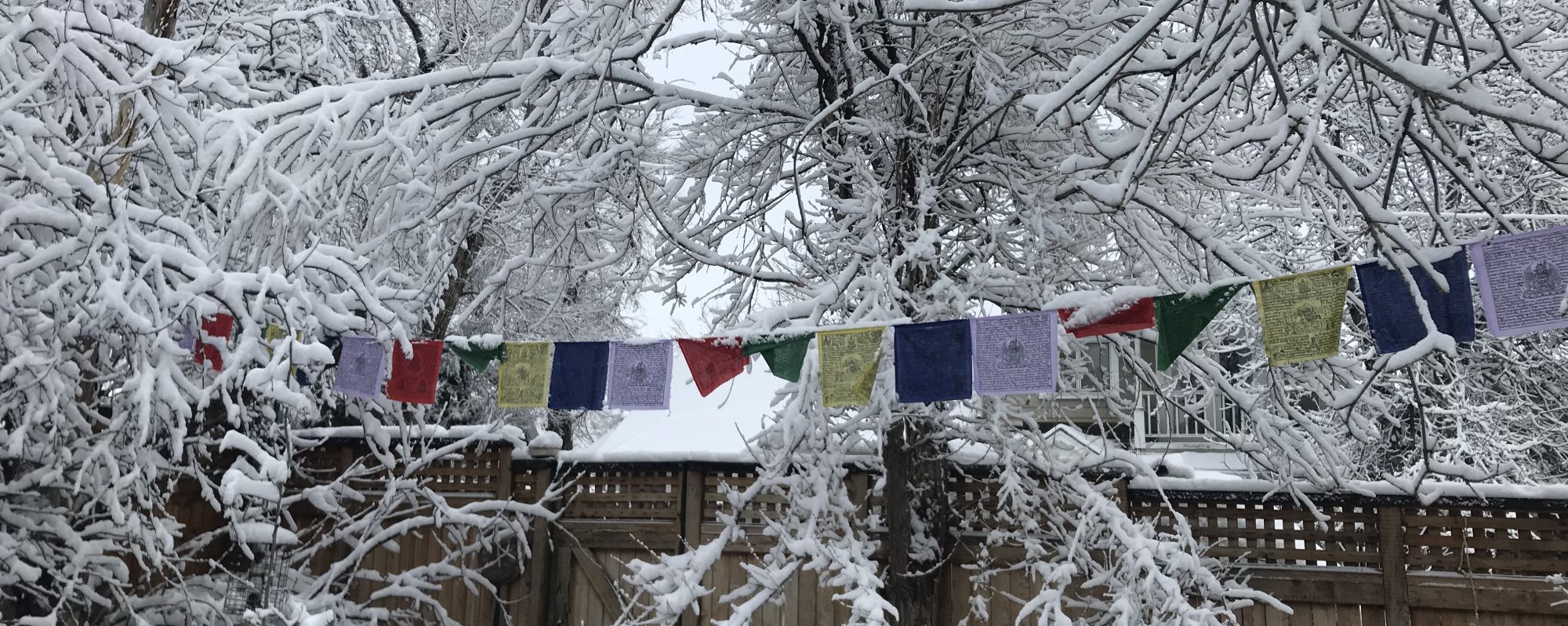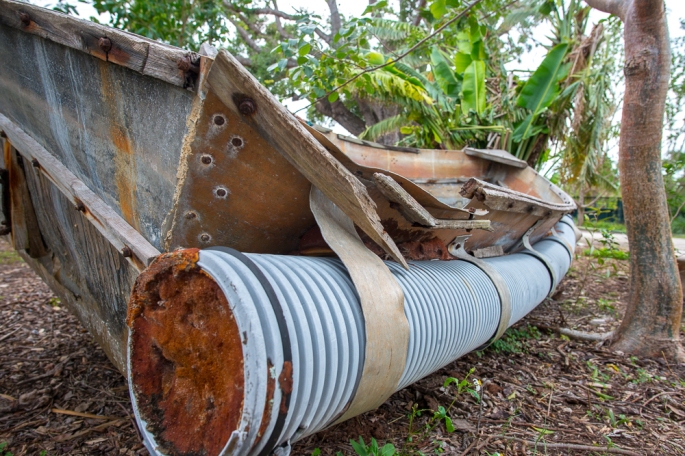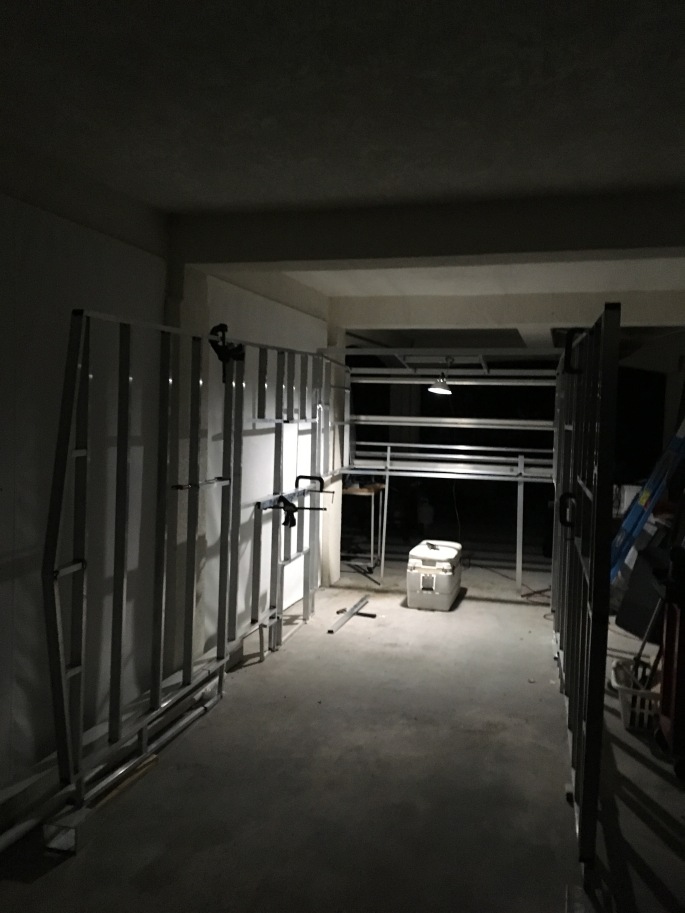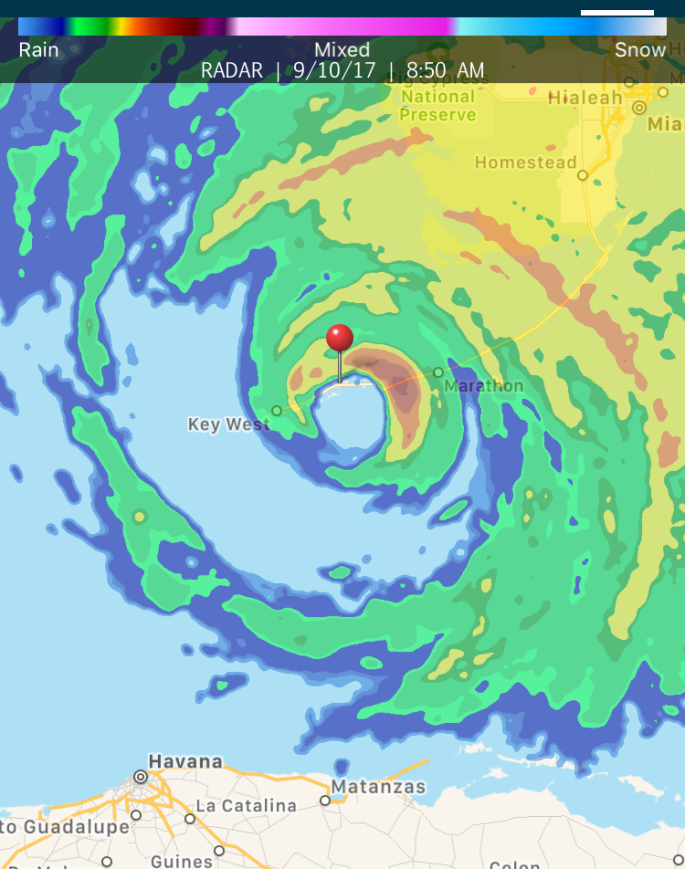One of our stories just came out in the Summer issue of National Parks Magazine. Hats off to the publishers, the folks at the National Parks Conservation Association who work tirelessly to preserve our open spaces — as well as to the hundreds of thousands of refugees and immigrants who have risked and are currently risking their lives to try to fill basic human needs and find a safe place to live with their loved ones. Read on to find out secrets about Dry Tortugas National Park as well.
Tag: ocean
The reanimation of our adventure mobile; recap, perspective, and moving forward
Just a little while back, we dove into this adventure of gutting and remodeling a 1984 Dolphin motor home that had served as a temporary house for hurricane Irma victims. We spotted her in the parking lot of one of our local grocery stores, where one of the over one thousand families that lost their home were living. They had received a FEMA trailer, and were selling their dolphin to recoup their purchase monies.
Gutting became rebuilding, and we undertook the task of fabricating a new body; upgraded to lightweight and waterproof aluminum with a 2″ wall thickness. We also purchased nearly every engine part needed to perform a complete and “deep” tune up to awake our Toy power plant. (haha) We knew it would be a while until we could address the mechanical maintenance due mostly to the fact that we need to get the interior dried in to prevent water damage to the cab. The framework for the body is coming along well and is teaching me first hand that this undertaking is quite a bit more complicated than initially meets the eye. Windows, openings, weight distribution, roof vent placement and arrangement along with wiring considerations are all part of the fun. It is coming along well, and the learning aspect of this process has been fantastic. As you read in our previous post, (if you haven’t then you should read it), we have been incredibly fortunate and are immensely thankful for our luck in meeting our new friends, Erica and Calvin Rowley. Calvin is a Toyota 22R wizard in my opinion and with his knowledge and love for these die hard power plants; ours is getting a new lease on life. (check out Erica and Calvin’s blog: http://chasingbootyadventures.com/
After asking Calvin and Erica if they would be interested in helping us out with the engine work; we took a look at the condition. Well, more accurately, Calvin took a pretty deep look. The doctors’ findings were not great, or even good for that matter. Coolant in the oil, several of the systems under the hood were incorrectly connected, or not properly operating at the least. He gave it to us straight and pretty much informed us that this project would require a top to bottom renovation as well. Out came the engine, and apart came most everything else under the hood. The engine has been inspected internally, and any questionable parts are being replaced.
Engine work and engine bay upgrades:
All new gaskets, including the head gasket; new oil and water pumps; upgrade to double row timing chain; Weber 34/36 with jet kit for economy/ power fine tuning; fuel regulator; new fuel pump; valve job; complete and proper de-smog; upgrade to heavy duty gm brake master cylinder, upgrade to 160 amp heavy duty Gm alternator, upgrade to electric fan kit with thermostat control; eliminate smog air pump; eliminate in cab air conditioner and compressor; ceramic coated equal length headers; stainless steel low restriction muffler and aluminum exhaust pipe; (2.25 inches diameter).
Suspension work and upgrades:
New front and rear shocks; new rear inner and outer bearings; change rear dif oil, new rear brakes, inspect and repack front bearings, new upper and lower ball joints, new steering stabilizer, new air lift rear system with in cab air controls, inspect and check front brakes.
Frame work and upgrades:
We have completely removed the camper from the frame. We also removed the floor from the frame chassis. There were spots in the floor that were “spongy” and since we were faced with the choice of replacing the floor we chose to take advantage of the extra work space. (the space to install the air bags, reinforce the floor support, and re-wire the vehicle tail light wiring.)
This past weekend we have painted the frame and we are in the process of installing floor supports. Calvin is in the assembly phase of the engine and is preparing to re-install the engine in the coming days. For the floor frame system, we are using aluminum for weight savings to fabricate the bracing. We are also going to try a composite floor to save weight and increase interior comfort. We are fabricating the floor using a 1/2″ sheet of marine plywood, 3/4″ thick rigid foam insulation with 3/4″ x 3/4″ aluminum support stiffeners, and sandwiched with another 1/2″ sheet of marine plywood on top. We plan on gluing the floor panels together. The exterior bottom of the floor panels will have .040 aluminum sheeting to protect the floor from water and deterioration. Hopefully the result will be a well insulated, strong and light floor system.
Hurricane Irma, Tales from the Lower Keys
Photo: Radar of Hurricane Irma making landfall over the Florida Keys. The red pin is our house on Cudjoe Key. Phone screenshot was taken from our evacuation site in Sebring.
The trip odometer read 6,965 miles when we pulled into our driveway on Cudjoe Key. It was Sunday. We had just returned from an epic road trip that included traveling to Wyoming to witness the solar eclipse. Three days later, we pulled out of our driveway as evacuees. We never imagined that our tiny Key would soon be infamous as the epicenter of one of the most powerful storms on record.
The eye made landfall over our house, and 12 hours later hurricane Irma centered her eye over our evacuation site in Sebring, Florida. The aftermath is an experience to behold: the largest evacuation in our country’s history, millions without power, a swath of destruction, and a coming together of kindness and resilience.
We were fortunate to be able to return just a few days after the hurricane had passed, reporting for local media. Over the coming days, we will post some of these experiences, and the tales of those we meet along the way, as well as recovery resources for those living in the Keys. If you’re interested, please follow the blog and feel free to contact us: karuna@quixotictravelguides.com and steve@quixotictravelguides.com.
Sand Key Lighthouse
Oct. 1, 2016: The Sand Key Lighthouse 7 miles off of Key West is often full of seabirds, including pelicans, magnificent frigatebirds, cormorants and terns. The structure itself has been part of several amazing history tales, including an 1846 tragedy, when a hurricane obliterated it along with the keeper and his family. Today the snorkeling here is among the best in the Keys, thanks to its super-shallow structure and vibrant marine life. Often seen here is everything from sea turtles to parrotfish, barracuda to anglefish. Read about both in our Key West & the Lower Keys Travel Guide, available on amazon.com.
Rainbow to Nowhere
Sept. 24, 2016: We had spent a good part of the afternoon outrunning building thunderheads and dark walls of rain. The little skiff went about 80 miles that day, keeping us safe yet in suspense through building waves, miles offshore. When we made the final turn for home, an ominous rainstorm blocked our path. We’re going to just have to go through this one and finally take our punishment, we thought, as we prepared our gear for a deluge. But as we drew closer, the storm rapidly broke up, welcoming us home with a rainbow to nowhere. Any weather bugs out there know anything about this phenomenon?
Great White Heron
Sept. 10, 2016: The great white heron is a homebody. Out of the whole world, they choose to only live in the Keys and parts of the Everglades. Nearing 5 feet tall with 7-foot wingspans, they are the largest of all herons. There is still some scientific debate as to whether they are just a color morph of the great blue heron, but many are leaning toward them being a separate species, in part because they are larger than the blues, don’t share their propensity to migrate thousands of miles, and as John James Audubon pointed out in the 1830s, have decidedly more pointed tempers, at least 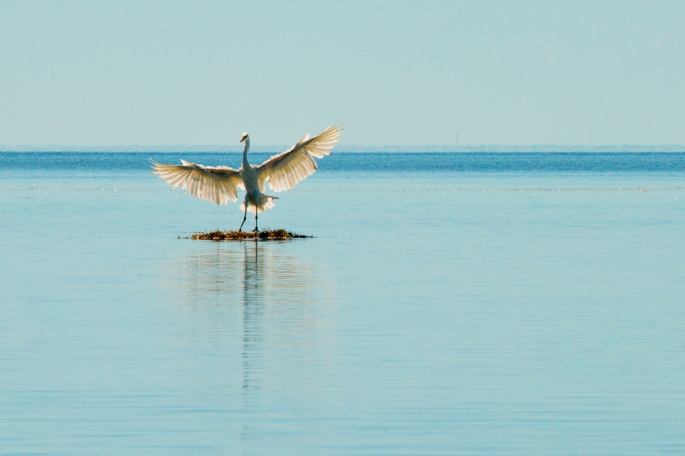 when forced into captivity. They can be distinguished from great white egrets by their yellow legs (egrets’ are black) and seen in the Keys wading and fishing near shallow-water mangroves, and especially in their namesake Great White Heron National Wildlife Refuge.
when forced into captivity. They can be distinguished from great white egrets by their yellow legs (egrets’ are black) and seen in the Keys wading and fishing near shallow-water mangroves, and especially in their namesake Great White Heron National Wildlife Refuge.
Blog post title
Sept. 17, 2016: Beautiful yet irritating, moon jellyfish live here year-round but increase in numbers as winds and currents usher them near the reefs and shore from late August to October. The part that stings are their tentacles, which are short, fortunately, and to most only leave a red, itchy-stingy splotch for a few hours. However inconvenient they may be to fall snorkeling, they are a primary food for the critically endangered leatherback and other sea turtles, sunfish and other fish including tuna. They are pretty chill creatures, literally just going where the flow takes them, but are a bit immodest — the clover-pattern in the center are actually its gonads. We saw this guy in the Key West National Wildlife Refuge west of town.
